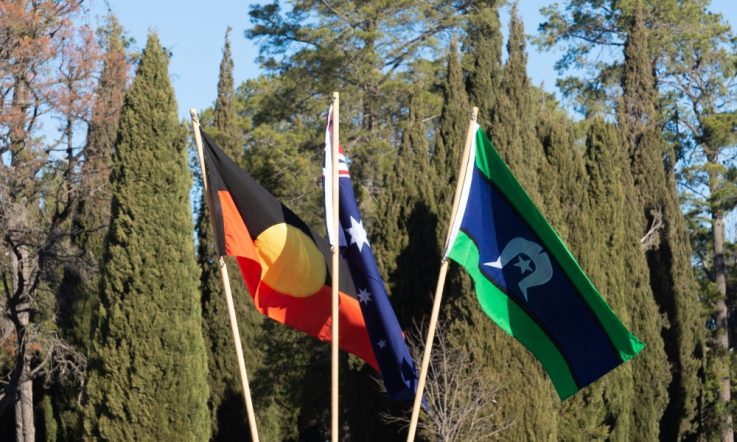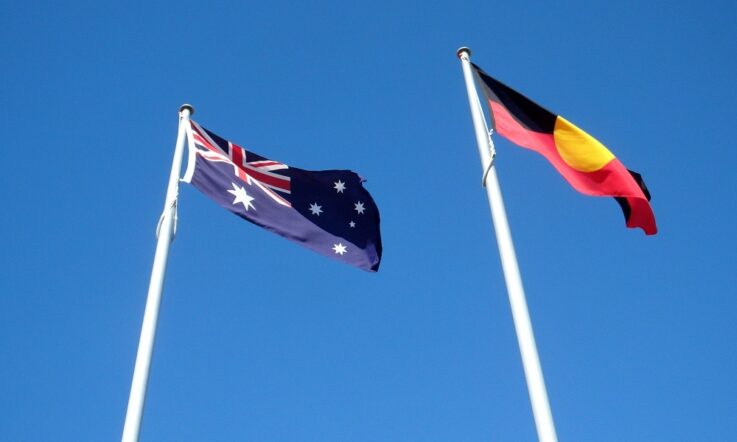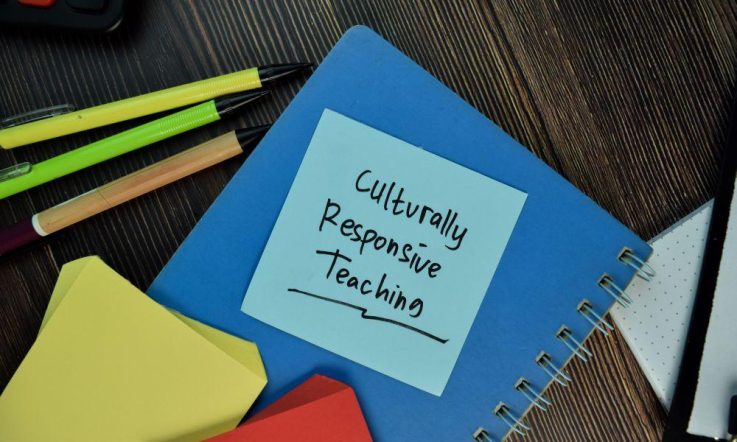At Teacher, we love hearing about the ways our readers use our content – taking things they’ve read from our site and adapting it to their own needs and school context.
That’s why a recent comment on one of our articles, Indigenous perspectives in maths: Understanding Gurruṯu, by Professor Chris Matthews, caught our eye.
Thank you Chris for this work. I would like to use this information as part of my year 10 advanced Maths class content for Network theory, which we often study during Reconciliation week. To me this is a prime example of complex understandings in First Nations life, that we as non-indigenous Australians need a simplified method to begin to understand. – Kylie Armstrong
We reached out to Kylie, Learning Specialist: Mathematics and Numeracy at Edenbrook Secondary College in Pakenham, Melbourne, to find out how she used what she learned in the article to create her own lesson plan, as well as how it all went.
How did you come across the article?
I had tagged the article for future reference as part of my usual professional reading, when it was published, as I am always on the watch for ways to meaningfully incorporate Aboriginal and Tores Strait Islander perspectives in maths. It was one of those things that I had filed as ‘could be useful one day’.
In the article, Professor Matthews discusses the interconnected relationships of Gurruṯu and shares an activity for teachers and students to explore the connections and patterns in family trees. What in the article resonated with you and how did you think it would be relevant to your school context?
I am committed to Reconciliation Week at Edenbrook Secondary College being about more than a ‘special event week’.
Reconciliation needs to be built into the fabric of our school culture by including Indigenous perspectives and knowledge in as many ‘everyday’ learning activities as possible, valuing the knowledge and culture of Indigenous communities, and instilling respect for Australia’s First Nations heritage in our students. I want our students to be active allies to our First Nations communities.
[Additionally], I was looking for ways to introduce our students to the concepts of networks in a relatable way. [At Edenbrook Secondary College] a key element of our teaching and learning is that students are given the opportunity to demonstrate … their mastery of a skill by applying it to new or novel contexts. Gurruṯu is a context very few, if any, of our students have been exposed to previously.
Can you tell us a bit about the lesson plan you created?
Students had been introduced to the basic vocabulary and concepts of networks in a previous lesson. We then had students read the article sections on Gurruṯu, Yothu Yindi and Mälk.
I set up a series of questions for students to have them:
- Engage with the concept of Moiety and Mälk.
- Identify if the diagrams in the article represented networks as they understood the language of networks and if so, what type of network would be represented?
- Create a family tree for themselves and use the principles of Moiety and Mälk.
- Students were then encouraged to create a network map and look for patterns.
Awesome. How did the lesson go?
The teacher delivering this lesson sequence reported that the students were interested and engaged in the ways family connections are described and shared in Indigenous culture and it sparked quite a conversation around the fact that maths shows up in unlikely places: they’d never considered family trees and family links as maths before.
They also enjoyed the creative thinking needed to engage with networks in a context outside those usually provided in textbooks.
Do you plan to continue teaching this lesson plan in the future? Is there anything you’d adapt or change?
We will keep this lesson as part of our networks unit going forward.
In future, I would like to ensure I have done some professional development with the teachers delivering the lesson. I would also like to build in some student reflection on what learning about this complex system of knowledge means for our non-Indigenous students, and what their thoughts are … [as well as] connect with our local Indigenous communities and invite their input on this topic.
This was a trial with our Enrichment class. I would like to adapt the lesson to be accessible to our Core and Essential Maths students who have less well-developed literacy skills, so will need some scaffolding to engage with the content.
Why is it important for you to stay up to date with education news and research, and regularly reflect on and adapt your teaching practice?
I am passionate about always learning. I read widely in research and news and use virtual professional networks to glean trends [and] new directions in education from around the world. If I want students to always be learning, I and my team need to be learning as well. I love finding creative ways to surprise students with maths learning, inspired by research and the experience of other educators.
Have you used our content to help you plan and create lesson plans of your own? Let us know by sending us an email at teachereditorial@acer.org or leave a comment below.



